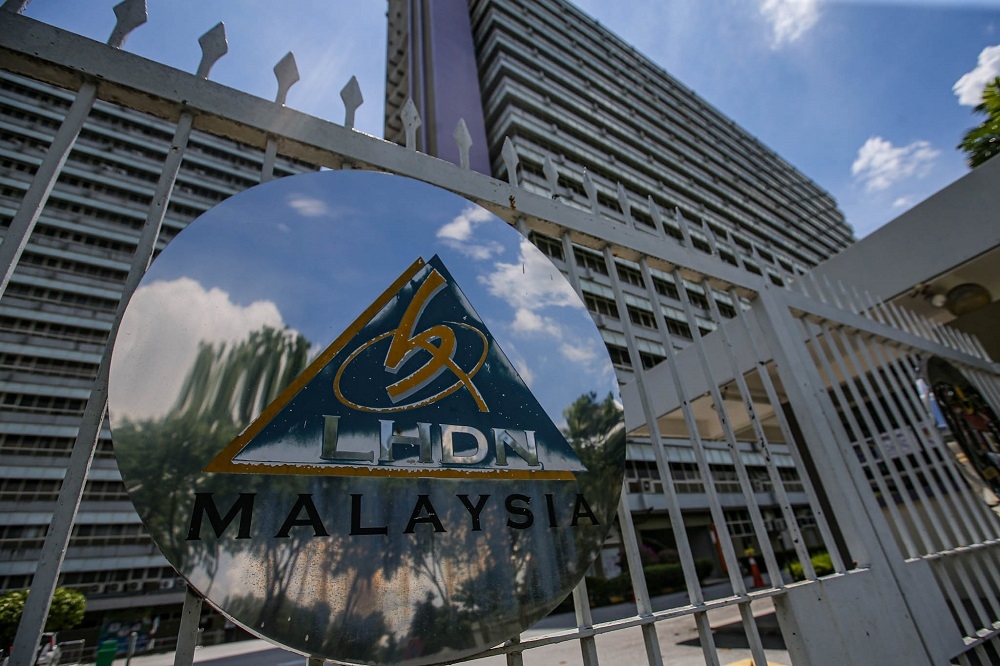Affordable Housing Finance in India: A Slowdown and the Road Ahead

Affordable Housing Finance in India: A Slowdown and the Road Ahead
India's Affordable Housing Finance Companies (AHFCs), once lauded as key drivers of economic growth and social progress, are facing a period of significant moderation. After years of impressive expansion fueled by government initiatives like Pradhan Mantri Awas Yojana (PMAY), the sector is grappling with a confluence of challenges that are impacting profitability and growth trajectories. This article explores these headwinds, the underlying causes, and potential strategies for AHFCs to navigate this evolving landscape.
The Changing Landscape: Why the Slowdown?
Several factors are contributing to the current slowdown. Firstly, rising delinquencies are a major concern. Post-pandemic, economic pressures have impacted borrowers, leading to increased loan defaults. While early defaults were managed effectively, a sustained period of economic uncertainty is putting stress on repayment capabilities, particularly among first-time homebuyers and those in lower-income brackets.
Secondly, intense competition from established banks is squeezing margins. Banks, with their deeper pockets and wider reach, are increasingly entering the affordable housing segment, offering competitive interest rates and attractive schemes. This heightened competition makes it difficult for AHFCs, often operating with leaner capital structures, to maintain their market share and profitability.
Thirdly, a lack of new affordable housing projects is hindering loan disbursement. While the demand for affordable housing remains robust, the supply of new projects, especially in Tier 2 and Tier 3 cities, hasn't kept pace. Land acquisition challenges, regulatory hurdles, and rising construction costs are contributing to this supply-side constraint.
Delving Deeper: Specific Challenges & Their Impact
The delinquency issue is particularly nuanced. While the overall Non-Performing Asset (NPA) ratio for AHFCs hasn't spiked dramatically, the trend is concerning. A significant portion of these defaults are concentrated in specific geographical regions and income segments. Furthermore, the rising cost of funds – driven by interest rate hikes by the Reserve Bank of India (RBI) – is impacting AHFCs' ability to absorb these losses.
The competitive pressure from banks isn't just about interest rates. Banks are also leveraging their existing customer base and digital infrastructure to offer bundled home loan products, making them more appealing to potential homebuyers. AHFCs need to innovate and differentiate themselves to counter this advantage.
Looking Ahead: Strategies for AHFCs
Despite these challenges, the long-term outlook for affordable housing in India remains positive. However, AHFCs need to adapt and adopt new strategies to thrive in this evolving environment:
- Strengthening Risk Management: Implementing robust credit appraisal processes, diversifying loan portfolios, and leveraging data analytics to identify and mitigate risks are crucial.
- Technological Adoption: Embracing digital technologies for loan origination, servicing, and collections can improve efficiency and reduce costs.
- Product Innovation: Developing tailored loan products for specific borrower segments, such as those employed in the informal sector, can expand the market reach.
- Strategic Partnerships: Collaborating with developers, government agencies, and fintech companies can create synergies and access new resources.
- Focusing on Tier 2 & 3 Cities: These markets offer significant growth potential, with less competition from established players.
Conclusion
The slowdown in India's affordable housing finance sector is a reality, but it doesn't signify a collapse. It’s a period of recalibration and transformation. AHFCs that proactively address the challenges, embrace innovation, and focus on sustainable growth strategies will be well-positioned to capitalize on the long-term potential of this vital sector. The government's continued support through initiatives like PMAY will also play a crucial role in driving future growth.





